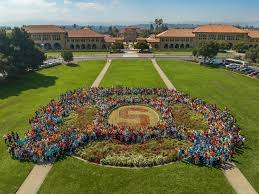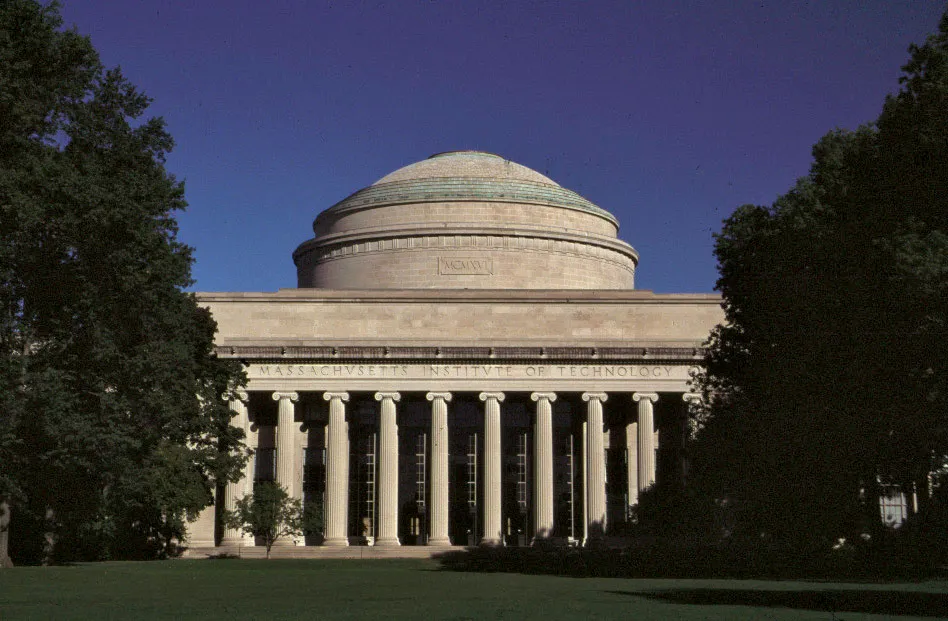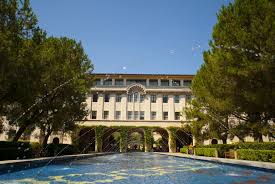Stanford University
Stanford University, located in the heart of Silicon Valley in California, is one of the world’s leading institutions for higher education and research. Renowned for its academic rigor, groundbreaking research, and entrepreneurial spirit, Stanford has consistently ranked among the top universities globally. Its influence extends far beyond the classroom, shaping industries, fostering innovation, and producing leaders who have transformed the world. This article explores the history, academic excellence, research contributions, and cultural impact of Stanford University.
Brief History of Stanford University
Stanford University was founded in 1885 by Leland Stanford, a former California governor and U.S. senator, and his wife, Jane Stanford. The university was established in memory of their only child, Leland Stanford Jr., who passed away from typhoid fever at the age of 15. The Stanfords envisioned a university that would educate students for personal success and contribute to the greater good of society. Their famous founding motto, *“Die Luft der Freiheit weht”* (The wind of freedom blows), reflects their commitment to intellectual freedom and innovation.
The university officially opened its doors in 1891, with an inaugural class of 555 students. From its inception, Stanford was coeducational and nonsectarian, which was uncommon for universities at the time. Its sprawling 8,180-acre campus, one of the largest in the United States, provided ample space for academic and research facilities, as well as a unique sense of community.
Academic Excellence and Programs
Stanford University is organized into seven schools, each offering a wide range of undergraduate, graduate, and professional programs:
1. **Stanford School of Humanities and Sciences**: The largest of Stanford’s schools, it offers programs in the arts, humanities, social sciences, and natural sciences. It is the foundation of Stanford’s liberal arts education.
2. **Stanford School of Engineering**: Known for its cutting-edge research and innovation, the engineering school is a hub for technological advancements. It has produced numerous leaders in fields such as computer science, artificial intelligence, and biotechnology.
3. **Stanford Graduate School of Business (GSB)**: One of the most prestigious business schools in the world, the GSB is renowned for its MBA program and its emphasis on leadership and entrepreneurship.
4. **Stanford Law School**: Consistently ranked among the top law schools in the U.S., it is known for its interdisciplinary approach and commitment to public service.
5. **Stanford School of Medicine**: A leader in medical research and education, the school is affiliated with top-tier hospitals and research centers, including Stanford Health Care and Lucile Packard Children’s Hospital.
6. **Stanford School of Earth, Energy & Environmental Sciences**: This school focuses on addressing global challenges related to energy, climate change, and sustainability.
7. **Stanford Graduate School of Education**: Dedicated to advancing education research and practice, it prepares leaders to tackle pressing educational issues.
Stanford’s undergraduate program is highly selective, with an acceptance rate of around 4% in recent years. The university emphasizes interdisciplinary learning, encouraging students to explore diverse fields of study. The unique “Stanford Plan” allows undergraduates to take courses across disciplines before declaring a major, fostering intellectual curiosity and creativity.
Research and Innovation
Stanford University is synonymous with innovation. Its research output has had a profound impact on science, technology, medicine, and the humanities. The university’s proximity to Silicon Valley has created a symbiotic relationship between academia and industry, driving technological advancements and entrepreneurship.
1. **Technological Breakthroughs**: Stanford has been at the forefront of technological innovation. The university played a pivotal role in the development of the internet, with the Stanford Research Institute (SRI) being one of the first nodes of ARPANET, the precursor to the modern internet. Additionally, Stanford’s Computer Science Department has produced pioneers such as Larry Page and Sergey Brin, the founders of Google.
2. **Medical Research**: Stanford’s School of Medicine is a leader in biomedical research. Breakthroughs in areas such as genomics, stem cell therapy, and cancer treatment have improved healthcare worldwide. The university’s research on CRISPR gene-editing technology, for example, has revolutionized genetic engineering.
3. **Sustainability and Energy**: Stanford is committed to addressing global environmental challenges. The Stanford Woods Institute for the Environment and the Precourt Institute for Energy conduct research on renewable energy, climate change, and sustainable development.
4. **Humanities and Social Sciences**: Stanford’s contributions extend beyond STEM fields. Its humanities and social sciences departments have produced influential research in areas such as economics, political science, and history. Notable economists like Kenneth Arrow and Milton Friedman have been affiliated with Stanford.
Entrepreneurship and Silicon Valley
Stanford’s relationship with Silicon Valley is unparalleled. The university has been a breeding ground for entrepreneurs and startups, earning it the nickname “the cradle of Silicon Valley.” Stanford alumni and faculty have founded some of the world’s most influential companies, including Google, Hewlett-Packard, Netflix, Tesla, and Instagram.
The Stanford Technology Ventures Program (STVP) and the StartX accelerator provide resources and mentorship to aspiring entrepreneurs. The university’s culture of innovation is further fueled by its proximity to venture capital firms and tech giants, creating a dynamic ecosystem for startups.
Campus Life and Culture
Stanford’s campus is not only a hub for academic and research activities but also a vibrant community that fosters personal growth and cultural enrichment. The university’s residential system, which includes undergraduate housing and graduate residences, promotes a strong sense of community. Students live and learn together, creating lifelong connections.
1. **Arts and Athletics**: Stanford has a rich tradition in both the arts and athletics. The Cantor Arts Center and the Anderson Collection showcase world-class art, while the Stanford Live program offers performances in music, theater, and dance. In athletics, Stanford’s teams, known as the Cardinal, compete in the NCAA Division I and have won numerous national championships.
2. **Diversity and Inclusion**: Stanford is committed to fostering a diverse and inclusive community. The university actively recruits students, faculty, and staff from diverse backgrounds and supports initiatives that promote equity and inclusion.
3. **Public Service**: Stanford encourages students to engage in public service and social impact initiatives. The Haas Center for Public Service connects students with opportunities to address societal challenges through volunteer work, internships, and research.
Notable Alumni and Faculty
Stanford’s alumni network is a testament to its global impact. The university has produced leaders in various fields, including politics, business, science, and the arts. Notable alumni include:
– **Politics**: Former U.S. Secretary of State Condoleezza Rice, U.S. Senator Cory Booker, and former Hewlett-Packard CEO Carly Fiorina.
– **Business**: Google co-founders Larry Page and Sergey Brin, Tesla CEO Elon Musk, and Netflix co-founder Reed Hastings.
– **Science**: Nobel laureates such as Kip Thorne (Physics) and Andrew Fire (Medicine).
– **Arts**: Author John Steinbeck and actress Reese Witherspoon.
Stanford’s faculty includes some of the most distinguished scholars and researchers in the world. Many have received prestigious awards, including Nobel Prizes, Turing Awards, and MacArthur Fellowships.
Challenges and Future Directions
Despite its many successes, Stanford faces challenges in an ever-changing world. The rising cost of higher education, the need for greater diversity and inclusion, and the ethical implications of technological advancements are ongoing concerns. The university is actively addressing these issues through initiatives such as financial aid programs, diversity scholarships, and interdisciplinary research on ethics and technology.
Looking ahead, Stanford aims to continue its tradition of excellence while adapting to the needs of the 21st century. Its focus on interdisciplinary research, global engagement, and social impact positions it to tackle complex challenges and shape the future.
Conclusion
Stanford University stands as a testament to the power of education, innovation, and collaboration. Its contributions to academia, research, and industry have transformed the world, and its commitment to excellence ensures that it will remain a leader in higher education for generations to come. As Stanford continues to push the boundaries of knowledge and inspire future leaders, its legacy as a beacon of innovation and excellence will endure.
Share this content:





Post Comment